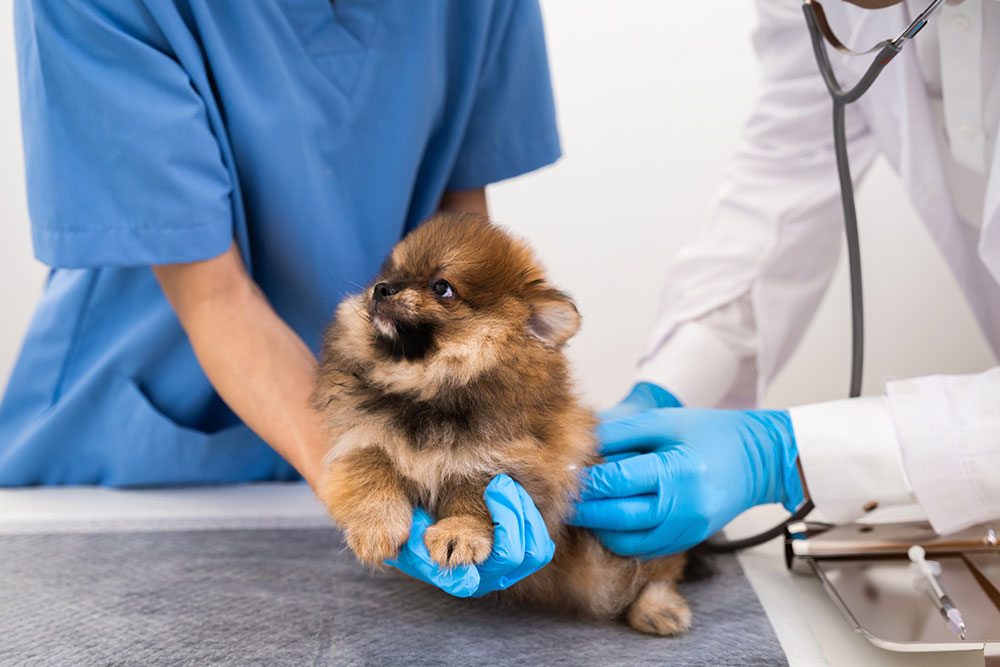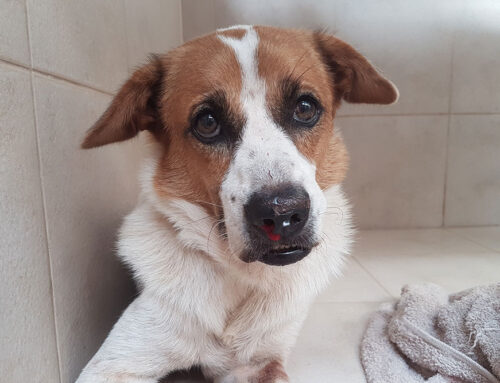Recognizing Emergency Signs in Pets: A Guide for Dog and Cat Owners in Elmira
Why Quick Action Can Save Your Pet’s Life
In a veterinary emergency, every second counts. Conditions like bloat, respiratory distress, or toxin ingestion can become life-threatening in minutes to hours. At North Waterloo Veterinary Hospital in Elmira, Ontario, we’re committed to helping you recognize early warning signs so you can act fast—and give your pet the best chance at recovery.
When in doubt, err on the side of caution. Many pet emergencies escalate quickly, and delayed treatment can lead to irreversible damage or even death.
For a detailed list of symptoms that require urgent care, visit the AVMA’s guide to pet emergencies.
Red Flags: Emergency Symptoms in Dogs and Cats
1. Sudden Behavioral Changes
If your normally energetic dog suddenly becomes withdrawn, or your affectionate cat hides for hours, something could be wrong. Lethargy, restlessness, disorientation, or aggression can all point to pain, poisoning, metabolic imbalances, or neurological conditions.
Don’t ignore personality shifts—these are often your pet’s first cry for help.
2. Breathing Difficulty
Rapid or labored breathing, wheezing, gasping, or blue gums are critical signs. This may be caused by heart failure, asthma, trauma, or airway blockages.
Learn more about respiratory distress in pets.
3. Vomiting or Diarrhea
Multiple episodes in a short period can cause severe dehydration and may indicate infections, pancreatitis, or ingestion of toxic substances.
If your pet vomits blood or appears to be in pain, seek care immediately.
4. Seizures, Collapse, or Disorientation
Neurological signs like seizures, fainting, staggering, or confusion should never be ignored. These symptoms may stem from toxin exposure, brain injury, or underlying conditions like epilepsy.
5. Trauma or Bleeding
Visible wounds, limping, or signs of internal injury (like pale gums or swelling) are all urgent. Apply pressure to any bleeding wounds while preparing for transport to the clinic.
Performing a Safe Home Check While You Wait for Help
If you’re unsure whether it’s an emergency, a quick home exam may help provide clarity. Follow these steps to gather useful information for your vet:
- Check Heart Rate: Use your fingers to feel the pulse on the inner thigh. Normal rates:
- Dogs: 60–140 bpm
- Cats: 140–220 bpm
- Monitor Breathing: Count chest movements per minute.
- Dogs: 10–30 breaths
- Cats: 20–30 breaths
- Take a Temperature: Use a digital rectal thermometer.
- Normal: 37.5°C – 39.2°C
For step-by-step help, check out this guide to home exams for sick dogs.
If readings are abnormal—or your pet seems distressed—contact your veterinarian immediately.
Pet First Aid: What You Can Do (And What You Shouldn’t)
Being prepared can help stabilize your pet before reaching the vet. Consider taking a Cat and Dog First Aid Class through the Red Cross or reading through this DIY Dog Checkup guide.
Caution: Never induce vomiting, give human medications, or apply home remedies without veterinary guidance.**
If you suspect your pet has ingested something toxic, call your veterinarian or reach out to ASPCA Poison Control.
Preparing for a Veterinary Emergency
What to Include in a Pet Emergency Kit:
- Gauze, bandages, antiseptic wipes
- Digital thermometer
- Slip leash or muzzle
- Emergency contact numbers
- Vaccination and medical records
- Towels or blankets for transport
Keep this kit near your pet’s primary living area, and familiarize yourself with basic procedures such as how to help a choking dog.
What to Expect at the Emergency Clinic
When you arrive, our team at North Waterloo Veterinary Hospital will:
- Perform a rapid triage to assess severity
- Gather your observations and history
- Begin diagnostics (such as x-rays, blood work, or ultrasound)
- Start stabilization and treatment based on your pet’s condition
Preventing emergencies is just as important—schedule regular wellness exams and keep your environment pet-safe to avoid common hazards.
Common Emergency Scenarios & What to Do
| Scenario | What to Do |
| Toxin ingestion | Call your vet or poison control. Don’t induce vomiting unless instructed. |
| Seizure episode | Keep pet safe and away from objects. Do not restrain. Call immediately after. |
| Bloat in dogs | Rush to emergency care—this can become fatal within hours. |
| Heatstroke | Move pet to a cool area. Offer water, dampen paws, and call the clinic. |
| Eye injuries | Avoid touching the eye. Prevent rubbing and call for immediate care. |
Emergency Veterinary Care in Elmira
At North Waterloo Veterinary Hospital, we are equipped to handle a wide range of emergencies with compassion, speed, and advanced diagnostics. Whether it’s a middle-of-the-night crisis or an urgent concern during the day, our experienced team is here to help.
Contact us immediately if you suspect an emergency.
Request a non-urgent appointment for check-ups or follow-ups.
Know the Signs. Be Prepared. Act Fast.
Emergencies are unpredictable—but your response doesn’t have to be. Recognizing the signs of distress early, having a plan, and knowing where to turn for help can make all the difference.
Keep our number handy, have an emergency kit ready, and never hesitate to reach out if your pet’s health seems “off.”
Let’s keep your pets safe—together.








Leave A Comment